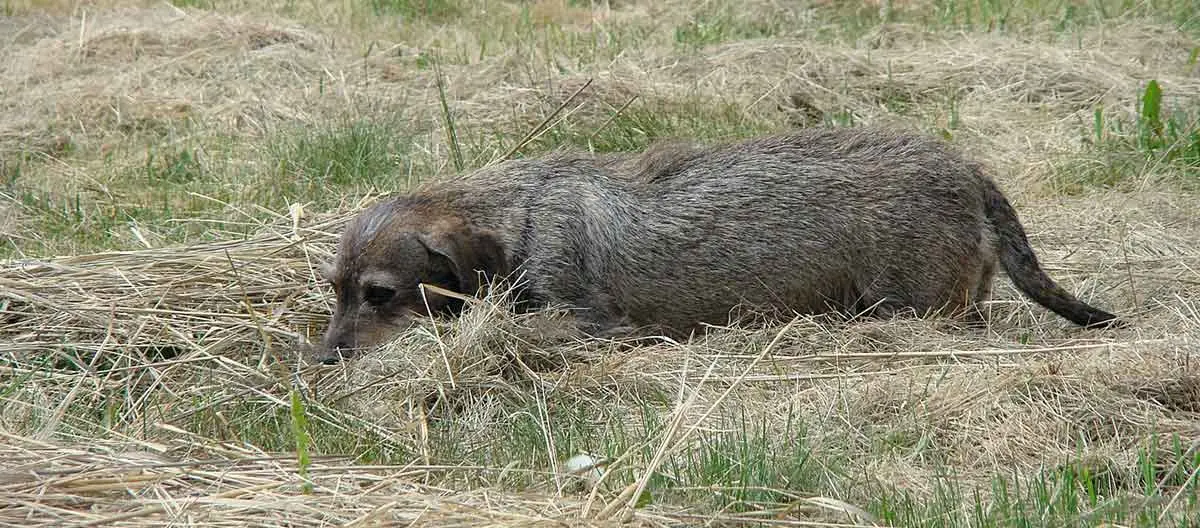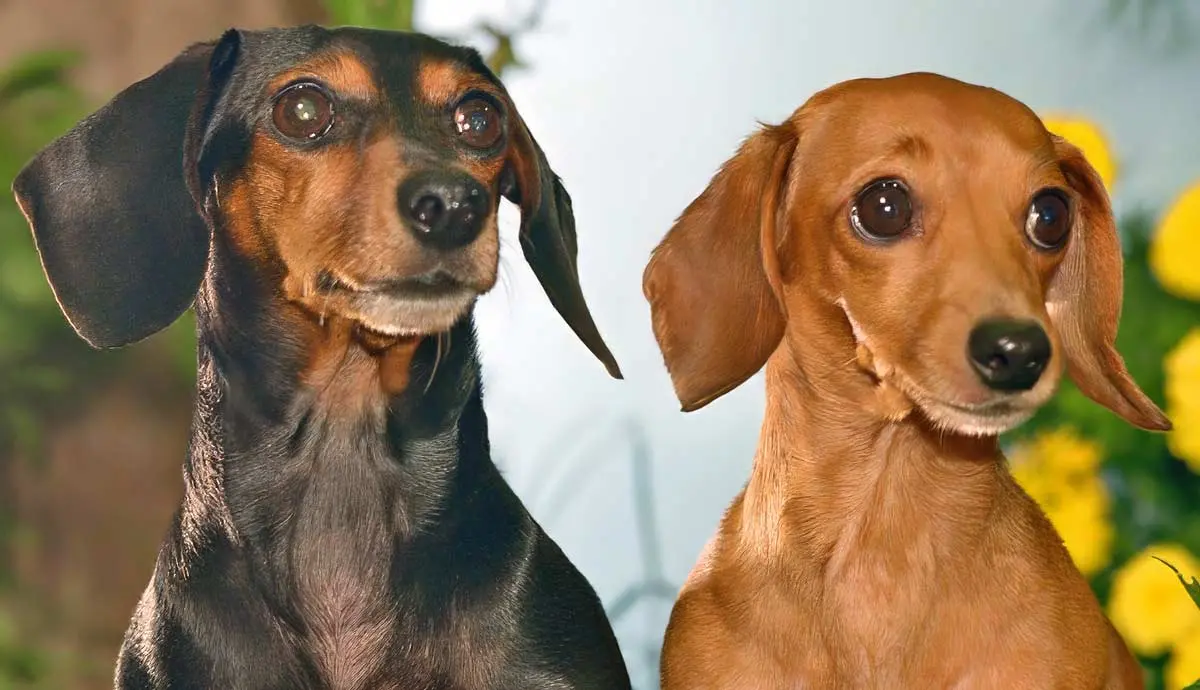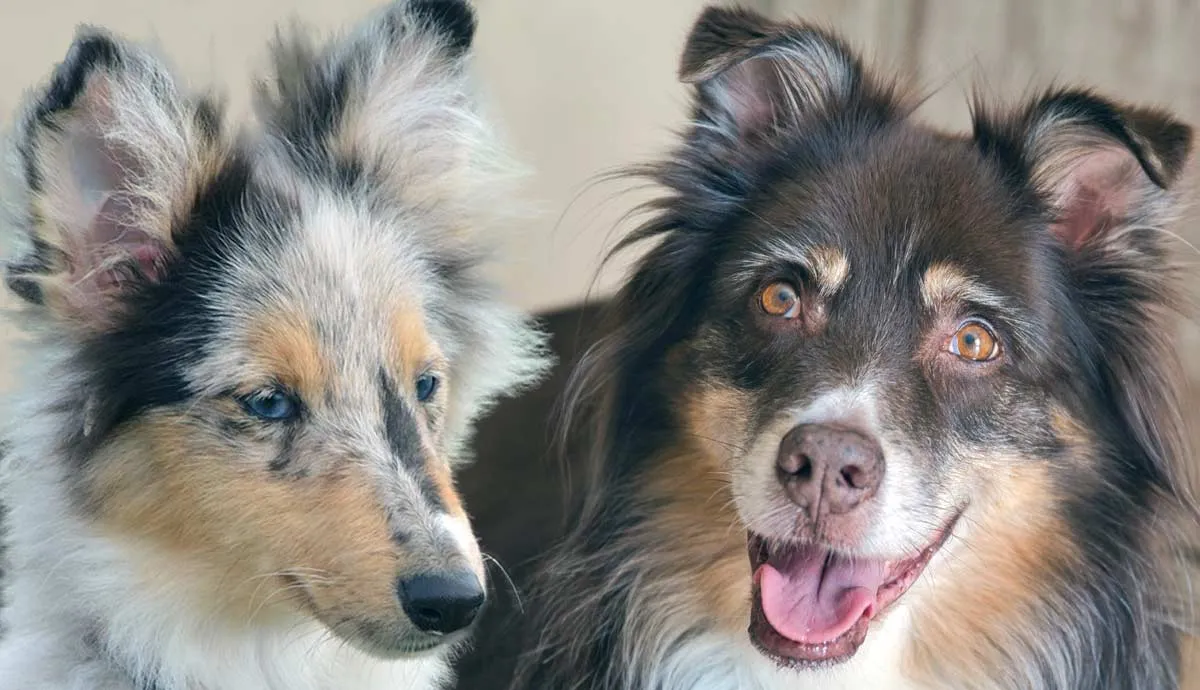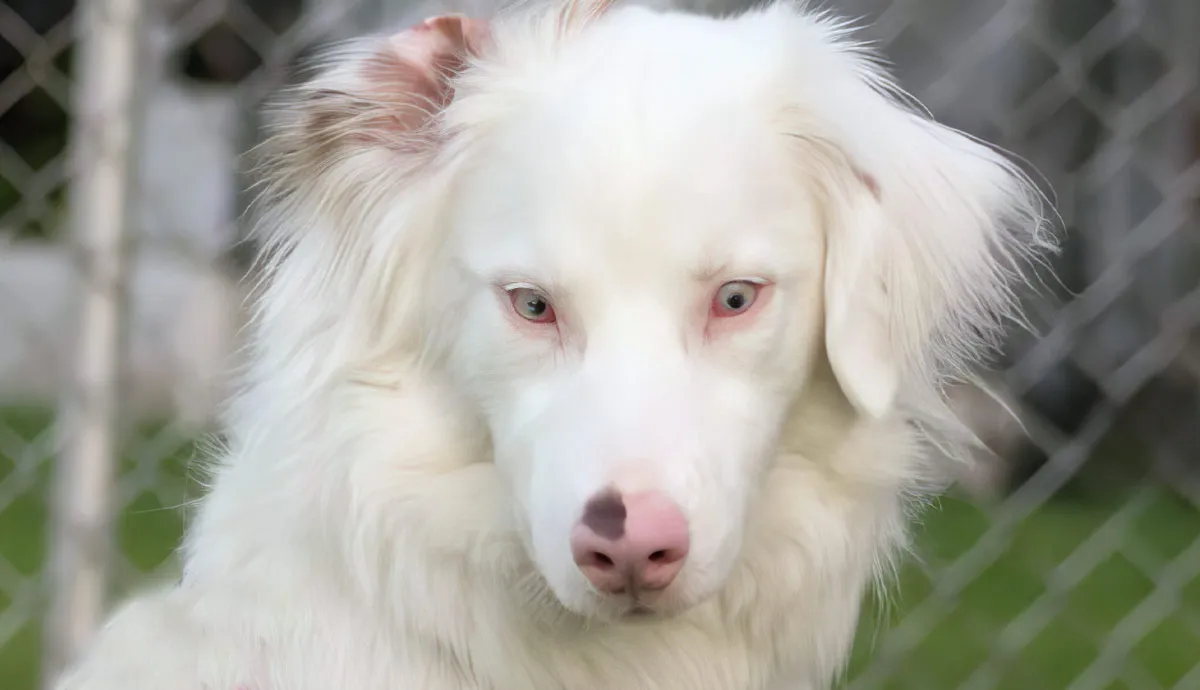The Dachshund is more than a pint-sized pup with a low-to-the-ground body; it’s one of many dog breeds that come in a variety of colors! According to the American Kennel Club (AKC), Dachshunds come in 15 colors––12 of which are the breed standard. Some are easy to imagine, like black and tan. Others, like Wild Boar and Isabella, aren’t as easy to picture without a reference. Here, we’ll break down the unique coat colors that Dachshunds come in, along with which ones are the rarest.
First: What to Know About Dachshund Coats

Dachshund coats come in three consistencies: smooth, wirehaired, and longhaired. Wirehaired Dachshunds result from dominant genes, while longhaired varieties stem from recessive genes.
Here are some other fun facts:
- Dachshunds with smooth coats have short hair that the AKC calls “wash and wear,” meaning they need virtually no grooming or maintenance.
- Wirehaired Dachshunds have fur that’s coarse to the touch, and they may need hand-stripping a few times a year.
- Longhaired Dachshunds have soft, elegant locks that need frequent brushing to prevent tangles and mats. Pin brushes and other dog combs are best.
Dachshunds, regardless of their coat’s texture, can come in a variety of colors––with some more common than others.
Common Coat Colors in Dachshunds

The AKC has an established breed standard for Dachshunds. These are characteristics that well-bred, standard dogs must conform to. As noted, while Dachshunds come in 15 colors, the AKC only recognizes 12. The three outliers are black, chocolate, and fawn. A Dachshund with these colorations might not be a purebred, and therefore ineligible for certain dog show competitions.
Common coat colors for Dachshunds include:
- Black and tan
- Chocolate and tan
- Cream
- Red
- Black and cream
- Chocolate and cream
That said, let’s get into some more complex (and rarer) colorations!
Wheaten

At first glance, many people look at wheaten Dachshunds and think they look golden. Yet, looks can be deceiving; the color is actually a diluted red. A wheaten coat looks like what the name suggests—a field of wheat. This coat color is typically seen in wirehaired Dachshunds. But why?
To get a wirehaired Dachshund, years ago, breeders bred these small dogs with German Pinschers and other wirehaired terrier breeds. These dogs may have come in a wheat, almost creamy color, then passed down their genetics.
The good news is that, if you’re looking to enter your dog into a show, wirehaired Dachshunds are part of the AKC’s breed standard—given that its body has the proper shape and form.
Wild Boar

Wild Boar is commonly seen in both wirehaired and longhaired Dachshunds. These little guys generally have a black body peppered with brown, red, and grey. Even a single hair can have different shades!
Their beards and snouts are generally a brownish red. While a Wild Boar Dachshund may initially seem like a red and tan, there are subtle differences between the two. The Wild Boar coat can be peppered with grey or other lighter colors that contrast with the darker base coat.
Why the name? Ever seen a wild boar? Both share similar coat colors. Wild boars also sport black noses and black-rimmed eyes—just like these unique Dachshunds.
Isabella

Isabella is a coat color unique to Dachshunds and select other dog breeds. Also called lilac or blue, the Isabella color is a dilute of the chocolate coat color. The genes that cause Dachshunds to sport this color thin the fur, meaning some of these guys are prone to skin allergies and bald patches.
To conform to the AKC’s breed standard, a Dachshund cannot be entirely Isabella. The coat color must be paired with tan or cream. Isabella Dachshunds are fairly rare, as both parents must carry a recessive gene for the color to manifest. Note that the term “recessive” does not mean “bad.” With proper veterinary care and ethical breeding practices, Dachshunds of color can live long, healthy lives—easily hitting the double-digits.
Blue and Cream

Blue isn’t just for cartoon dogs (Bluey, anyone?). It actually references a diluted black and tan coat that’s caused by a recessive gene. Smooth, wirehaired, and longhaired Dachshunds can be blue. To compete in dog shows, a Dachshund would have to be both blue and cream—giving it a metallic, almost gray color.
Other dogs with blue coats can include pit bulls, Weimaraners, and Australian Cattle Dogs.
Red Sable

A red sable Dachshund is one of the rarest coat colors, and it’s only seen in longhaired Dachshunds. Red refers to the color; these dogs may have red bellies with matching red snouts. Sable refers to the pattern. It’s mainly used to describe black dogs with lighter hair at the base. Shetland Sheepdogs, English Bulldogs, and German Shepherds can come in sable.
Dachshunds Also Come in Many Patterns

We’ve established that Dachshunds come in many colors. But they also come in five patterns! One of those patterns is sable. Yet, others include:
- Dapple. The same gene that causes some dogs to be merle causes some Dachshunds to be dapple. Here, light or dark spots appear on the dog’s base coat color.
- Piebald. A piebald Dachshund would have dark spots on a white or cream base coat color. The spots could be black, fawn, brown, tan, and chocolate. Piebald Dachshunds generally have the spots on their body, not their faces or heads.
- Brindle. Brindle generally appears as black stripes against a red or brown base coat.
- Brindle piebald. Sometimes, a single dog can sport multiple patterns! The brindle coat would be stripes against the dog’s base coat, while piebald would add spots to the mix.
Some dogs’ coat colors change as they age. A dog might have a solid coat color as a puppy, only to get stripes and spots as it matures.
Coat Color Is Not Indicative of Temperament

Just like you shouldn’t judge a book by its cover, you shouldn’t judge a Dachshund by its coat color! While these dogs are known for their courageous nature and silly antics, every Dachshund comes with its own personality. If you’re looking to welcome a Dachshund into your life, know that coat color isn’t everything. No matter the color or shade, with a Dachshund, you’re in for years of fun and adventure!





